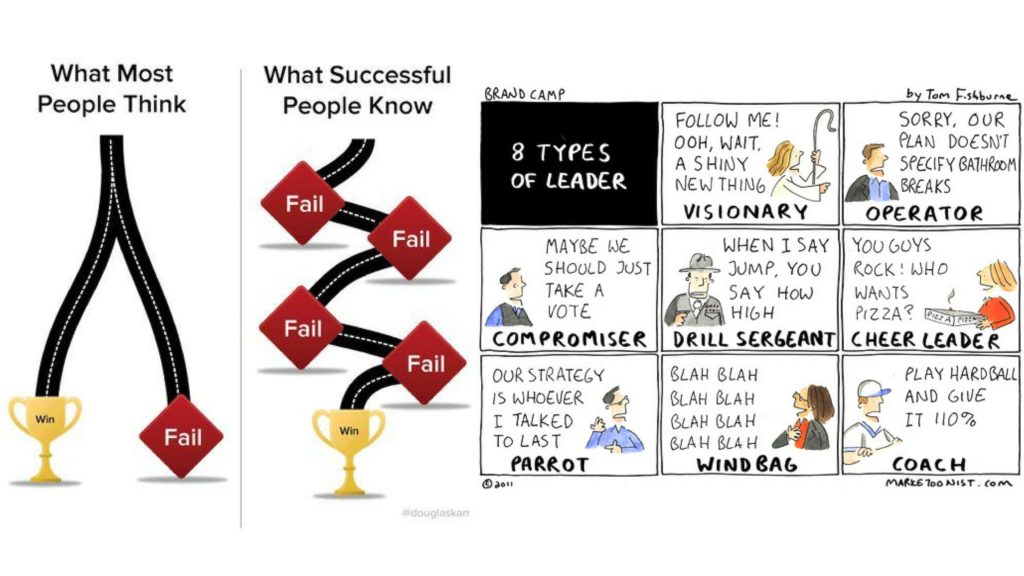Make a SENsational Impact with AIR teaching

Being a teacher is a challenging profession at best but becoming a special needs teacher, the ability to effectively manage a wide range of student behaviours and adapt to changing situations is vital.
From my personal experiences working with children with learning difficulties, it is important that we adapt our style of teaching to suit their needs and capabilities. An approach that I have found to be incredibly effective is to build confidence in your students through A.I.R teaching.
What is that?
It is a method of teaching that aims to be Accessible, Inclusive and Responsible (AIR).
Accessible
Every member of the class needs to be able to access your starter exercise. Before the lesson begins, students should know that they can – and are encouraged – to get involved. Accessible starters encourage students to think about what they know, not what they don’t. Open-ended questions and ‘odd one outs’ offer students the opportunity to contribute and justify without being told they are wrong. Explanations can start off at a basic level, and extend without limit.
Inclusive
Board displays can exclude students with Special Educational Needs (SEN). Inclusive template designs are easy to make and can be reused and refined for subsequent lessons.
- Spacious whiteboards provide students with Attention Deficit Hyperactivity Disorder (ADHD) increased opportunities to access work
- Pastel shades reduce visual stress for students with dyslexia
- Separating text into boxes supports students with dyspraxia
- Visuals often helps those with autism or speech and language difficulties
Responsible
Teaching assistant time with a student should never replace teacher time. Teachers specialise in understanding how to help students progress. They are responsible for using this to support students with SEN, as well as building relationships in the same way they have gotten to know the rest of the class. Students with SEN have an equal right to receive accessible teaching and be included by a teacher taking responsibility for their progress.








Responses